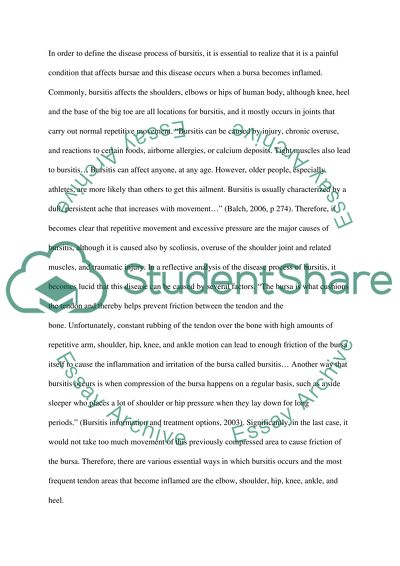Cite this document
(“Bursitis Essay Example | Topics and Well Written Essays - 1250 words”, n.d.)
Retrieved from https://studentshare.org/health-sciences-medicine/1515714-bursitis
Retrieved from https://studentshare.org/health-sciences-medicine/1515714-bursitis
(Bursitis Essay Example | Topics and Well Written Essays - 1250 Words)
https://studentshare.org/health-sciences-medicine/1515714-bursitis.
https://studentshare.org/health-sciences-medicine/1515714-bursitis.
“Bursitis Essay Example | Topics and Well Written Essays - 1250 Words”, n.d. https://studentshare.org/health-sciences-medicine/1515714-bursitis.


